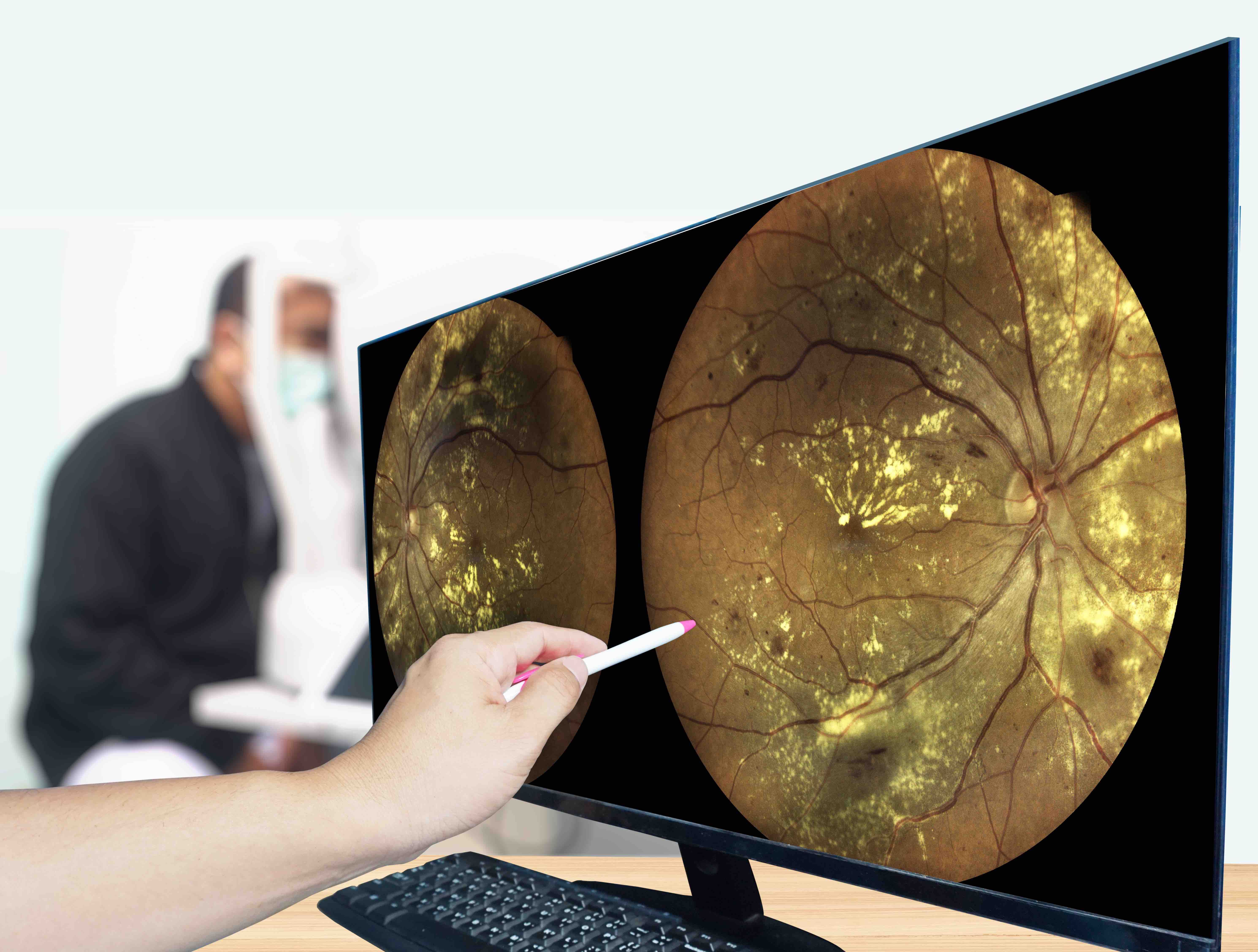Video
Prevalence and Characteristics of GI Cancers
Syma Iqbal, MD, provides insights pertaining to various types of upper GI cancers, as well as primary characteristics and risk factors for these diseases.
EP: 1.Prevalence and Characteristics of GI Cancers
EP: 2.Evolving Treatment Landscape for Upper GI and Esophageal Cancer
EP: 3.KEYNOTE-590 Trial Impacting Treatment Landscape for ESCC and Upper GI Cancer
EP: 4.Overview of CheckMate Trials 648 and 649
EP: 5.Aligning ESCC and GI Cancer Treatment Strategies With Current Guidelines
EP: 6.Quality of Life Impacted by Treatment of ESCC and Upper GI Cancer
EP: 7.Optimizing Treatment Pathways for Patients with ESCC and GI Cancer
EP: 8.The Evolving Treatment Landscape of Upper GI and Esophageal Cancer
EP: 9.Key Cost Drivers in Treating Gastroesophageal Cancers
EP: 10.Unmet Needs for Patients With Esophageal and Upper-GI Cancers
EP: 11.Role of Immune Checkpoint Inhibitors in Gastroesophageal Cancer Treatment Landscape
EP: 12.Decision-Making Within a Rapidly Evolving Field Where Labeling May Differ From Current Clinical Guidelines
EP: 13.Determining Individual Treatment Sequencing for Patients with Gastroesophageal Cancer
EP: 14.Selecting Optimal Gastroesophageal Treatment: Chemotherapy, Immunotherapy, and Combined Therapies
EP: 15.New Gastroesophageal Treatment Therapies Impacting Patient Quality of Life
EP: 16.Defining Appropriate Response to Gastroesophageal Cancer Treatment
EP: 17.Immunotherapy Considerations for Upper GI and Esophageal Cancer Treatment Pathways
EP: 18.Evaluating Gastroesophageal Cancer Pathway Decisions
EP: 19.Cost-Effective Analyses for Upper GI and Esophageal Cancer Treatment
EP: 20.Patient-Support Services and Programs for Patients With Gastroesophageal Cancer
Syma Iqbal, MD: The most common upper GI [gastrointestinal] cancers are esophageal cancer—there are 2 common pathologies: adenocarcinoma and squamous cell carcinoma—and gastric cancer, which is generally adenocarcinoma. There are about 20,000 cases of esophageal cancer per year, and about 25,000 cases of gastric cancer per year. Relatively speaking, that’s the incidence of these diseases as well.
Screening around upper GI cancers doesn’t really exist in the West. These cancers are quite common in Asian countries, so there are screening parameters routinely implemented into the standard of care in the Asian world, largely Japan and Korea. But in the West, there aren’t standards for screening. There’s likely higher incidence of these diseases in our Asian populations, but we don’t have that incorporated into our standard of care. In terms of diagnoses, unfortunately, most patients present with advanced disease. Symptoms may be present, but they’re treated with PPIs [proton pump inhibitors] or H2 blockers for prolonged periods of time, and alarming symptoms often can be missed.
With patients in the Western world who present with upper GI malignancies, specifically esophageal cancer, we’re seeing a decreased incidence of squamous cell carcinoma, which is largely associated with alcohol use and tobacco use. That incidence has been decreasing over the last several years, likely due to lifestyle modifications associated with smoking and drinking. But adenocarcinoma of the esophagus is increasing in incidence in the Western world, which probably has more to do with obesity, GERD [gastroesophageal reflux disease], and high BMIs [body mass indexes] in these patient populations. Reflux disease is contributing to that.
In gastric cancer, the major risk factors are around Helicobacter pylori. Other risk factors include smoking; some alcohol use, although perhaps controversial; nitrates; and smoked foods. The incidence of gastric cancer has been decreasing in the Western world, which has been attributed to things like better refrigeration and clean water. Probably our biggest risk factor for gastric cancer, even in the Western world, is still H pylori.
There are also genetic syndromes that put patients at risk for developing gastric cancer in particular. Although this is a smaller incidence, those gastric cancers that are associated with underlying genetic syndromes do occur. Those include syndromes such as hereditary nonpolyposis coli, or Lynch syndrome. BRCA syndromes are associated with gastric cancer. There’s a hereditary gastric cancer syndrome, which is CDH1 mutation; TP53 mutations, or Li-Fraumeni syndrome; the polyposis syndromes, such as FAP [familial adenomatous polyposis]; and the variants are also associated with developing gastric cancer in particular.
Transcript edited for clarity.




